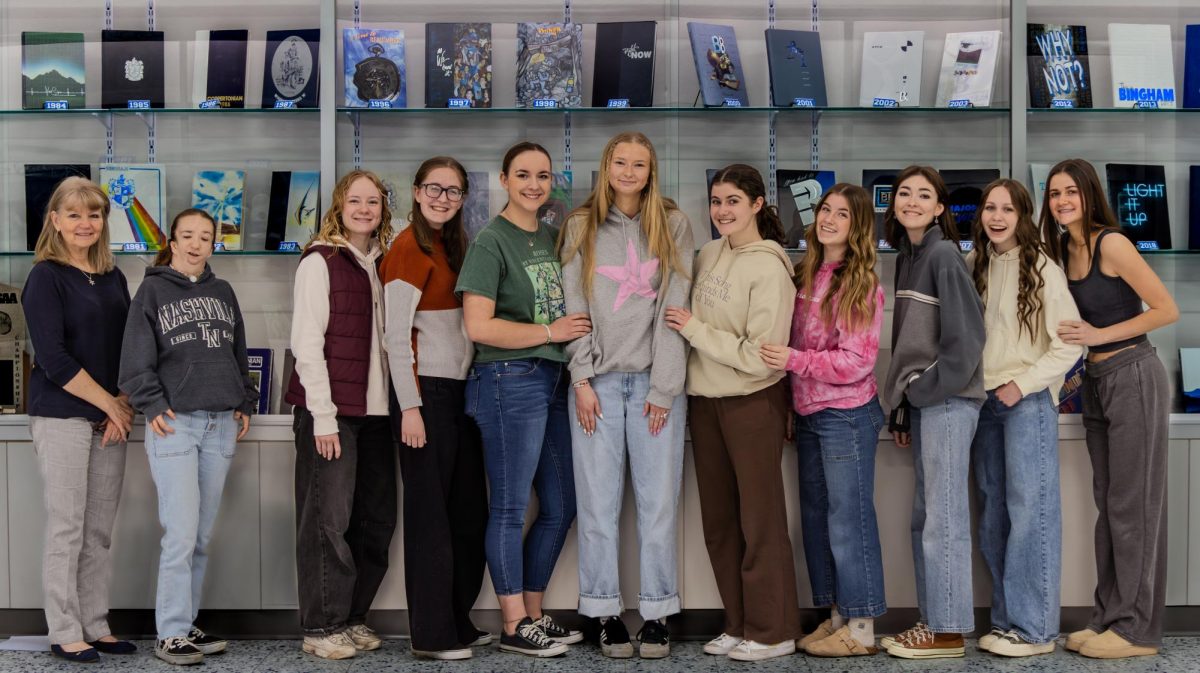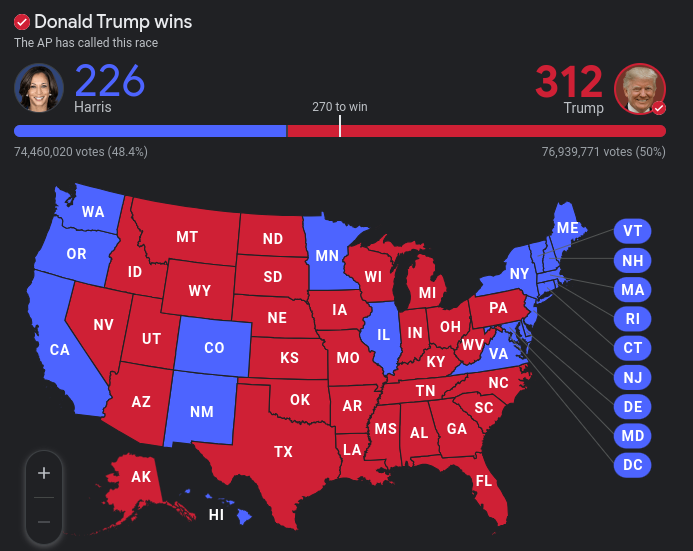Let’s imagine it is the end of the year, and you just received your yearbook, and you begin to look through all the students, like your friends and yourself. Before you open the book, you’re taking in the theme colors and design of the yearbook, then suddenly, you wonder how they match up all the names to the pictures, especially in the section on different pictures from dances, clubs, and activities!
In general, if you were to choose a specific task in part of creating the yearbook, how simple or difficult could it be? They say the best way to find information is to go straight to the source. After an amazing interview with Mrs. McCandless, the yearbook teacher for Bingham, she explains everything that goes into creating such an important memory. But first, you need to understand the company that makes it all possible. The company is called Jostens, and they are the ultimate memorabilia production company. Throughout your high school years, you will probably only know that they exist once you become a senior. They are where you will get your color-matching cap and gown for graduation. They make custom class rings, yearbooks, merch, and more and serve approximately 40,000+ partnered schools ranging between high schools and colleges. Jostens plays a critical part in producing the yearbook, starting with the design.
During June of last year (2023), four Bingham students from the yearbook class attended a 3-day yearbook camp during summer break to come up with a theme, design, and template for this year. Jostens brought in an artist to design the cover with ideas from the students. The design can be very important, but what also is important is what you write inside. The yearbook team tries its best to make our yearbook unique and specific to our school. One of the most creative ideas we have compared to other schools is how they use the end pages. The end pages are, generally, where you collect signatures from peers. If you look at other schools, they never have anything printed there. But, if you look at last year’s yearbook, the theme was “This is our time,” and if you glanced at the end pages of the cover and back cover page, you would notice a graphic of a clock. But, did you happen to check what time was displayed on the clock? On the end page attached to the cover, it displayed 7:30, and on the back cover end page, it displayed 2:25. If you haven’t caught on by now, those are the start and end times of a regular school day. This year’s design might be the most clever they have come up with. This year’s theme is “Are Blueprint” and this year’s cover pages will be most applicable. This year, the yearbook team has come up with a clever idea with the blueprints of Bingham from today and 1975 when the school first opened. But, you will have to wait and see when you receive your yearbook.
Pictures are what make up the entire page of the yearbook, and that’s why it’s so important to put in lots of effort and lots of information. Most people don’t know this, but the yearbook team does accept pictures from just about anyone from different school activities and events. They can never have too many pictures because they store them all in a Google Drive to choose and pick from. But, you must know they are particular about how the photos are shot and are expecting people’s faces proudly shown in the photo. Another thing that the yearbook does is track how many times an individual is featured in the yearbook in different photos at an activity or event. There’s no doubt that tons of people at Bingham are not camera-shy, so they tried to give everybody a chance to be featured in at least one picture. But, individual pictures bring such a mystery when you turn to the student section for sophomores, juniors, or seniors. Every student’s face is lined up in a row with their first and last name underneath them. How does the yearbook team know who is who because they certainly don’t know every single person’s name when they type it below their photos? This is where modern technology comes in handy today. Jostens gives Bingham facial recognition software to match up the students with their names. If you notice what pictures they are using, they’re the ones from picture day and the company that takes those pictures is Lifetouch. The yearbook team uploads the pictures from Lifetouch and the names and lets the facial recognition software do its thing.
If only you could imagine all the responsibilities and tasks the yearbook team has to accomplish, it can seem overwhelming. Every four weeks, the students have a deadline that they MUST meet. There is no wiggle room to spare and no excuses to be made, because when it comes to the yearbook, deadlines are deadlines, and they cannot be put aside. What the workload can typically look like for the yearbook team is at the beginning of the year, tons of sports are happening like football games and more. Of course, you would want these memories to be included in the yearbook so the yearbook team is mostly focusing on photographing these events for the first quarter of the year. Then, things slow down while the students learn everything they need to accomplish completing the yearbook. Mrs. McCandless says The busiest time of the year is from December 1st till the end of March. She also sets a deadline for her students every four weeks so they can complete the yearbook on time. Yearbook is a legitimate class with legitimate grades attached, and the students are graded on completing rough drafts that they are assigned. Rough drafts count for assessment grades, so they are a really big deal. The yearbook team’s strategy for writing is to get a rough draft and look back at it later to finalize it for submission. This is how they get things done rather quickly, and it seems to be working very well.
Jostens is the source Bingham uses to print the books. They do things right when it comes to printing yearbooks, and they do it for thousands of schools every year. Jostens has a massive printing plant in Tennessee where they process thousands of school yearbooks, and they send them straight to the school once completed. But it just isn’t possible to print that many yearbooks all at once, so Jostens is very smart on how they print them. You see, the yearbook team has deadlines to submit a “signature” that’s a 16-page section of the yearbook that prints sometime throughout the school year, and they will store those printed pages to be finally assembled with the others. This takes a huge logistics effort on their end to accomplish such a task because it seems to be very easy to lose track of a signature, and a handful of people could miss out on several pages of memorabilia. But of course, it is almost impossible to fit everything into the yearbook towards the end of the year, so the yearbook team goes above and beyond, and they have a dedicated four-page insert. They physically add it to each yearbook by hand. If you’re not so familiar, the insert is a four-page printed document that they have printed locally from another company and the insert has an adhesive strip that sticks to the pages inside the binding of the book. If you want to find it for yourself it’s the last four pages with information on them.
The yearbook is such a fascinatingly informative topic to report on. A huge thank you to Mrs. McCandless for the time she gave up to give all this information on the behind-the-scenes of the yearbook. Hopefully, this article doesn’t scare you away from taking the yearbook but instead should inspire you. It is a great class to take and lets you leave your mark. It was truly an honor to write about a class that will all appreciate in the future.


![Photo Credit; Miller, Kim. “City of Asheville prepares for a weekend of winter weather.” City of Asheville prepares for a weekend of winter weather [Ashville], 10 February 2023, https://www.ashevillenc.gov/news/city-of-asheville-prepares-for-a-weekend-of-winter-weather/. Accessed 06 January 2025.](https://binghamprospector.org/wp-content/uploads/2025/01/Screenshot-2025-01-14-7.54.38-AM.png)

